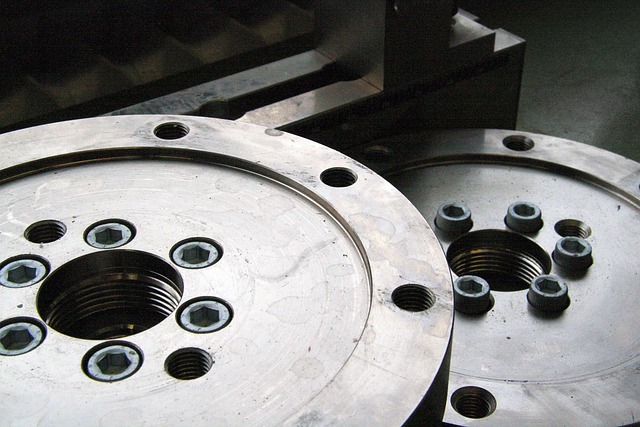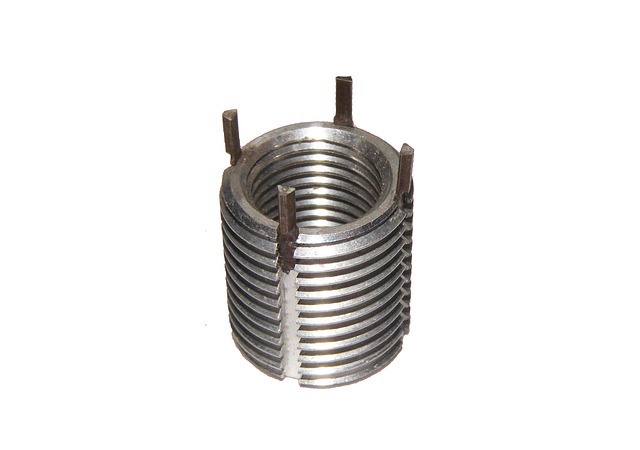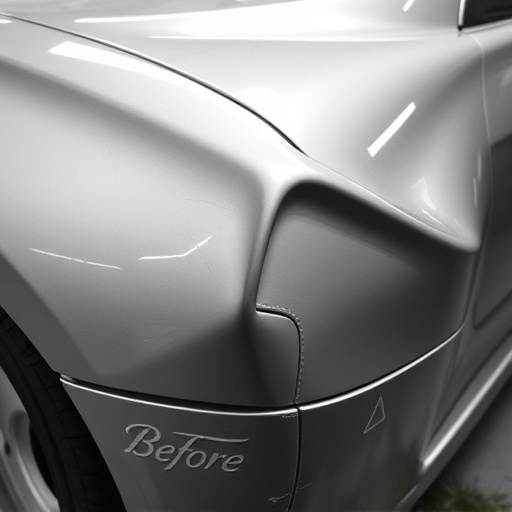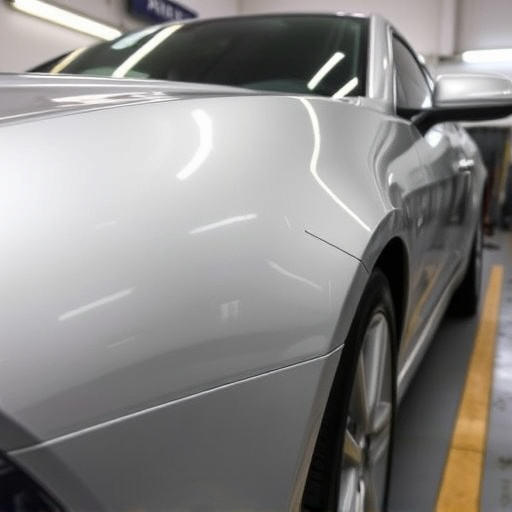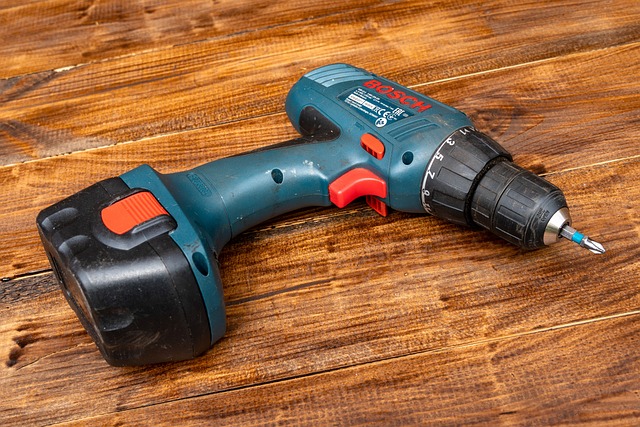Cosmetic damage repair focuses on restoring a vehicle's appearance by addressing surface issues like dents and mismatched paint, while structural damage repair deals with internal framework problems, ensuring safety and stability. Recognizing these distinctions is crucial for prioritizing repairs that balance aesthetic enhancement with vehicle integrity.
When it comes to repairing a damaged property, distinguishing between cosmetic and structural repairs is crucial. While cosmetic damages focus on enhancing surface aesthetics, structural repairs delve deeper to address underlying issues. This article explores these distinctions in detail. We’ll guide you through understanding the nature of cosmetic damage, uncovering the significance of structural repairs, and providing a comprehensive overview of their key differences. By the end, you’ll be equipped to navigate the repair process with informed decisions, especially concerning essential structural damage repair.
- Understanding Cosmetic Damage: Surface-Level Repairs
- Uncovering Structural Repairs: Beyond Appearance
- Key Differences: A Comprehensive Guide
Understanding Cosmetic Damage: Surface-Level Repairs
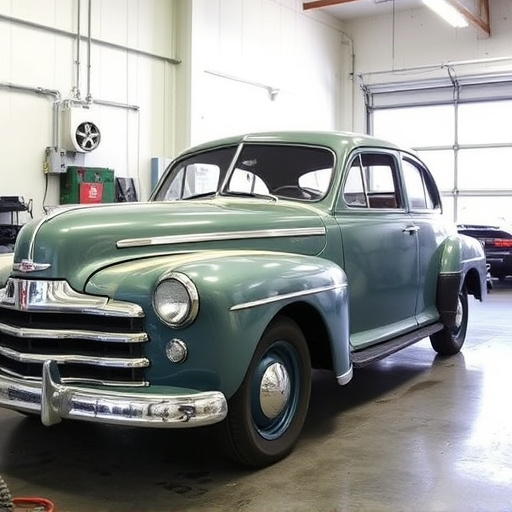
Cosmetic damage refers to surface-level repairs needed to restore a property’s aesthetic appeal. It’s often the visible result of incidents like minor collisions, fender benders, or everyday wear and tear. Unlike structural damage repair which involves fixing internal components, cosmetic damage repair focuses on external aspects. This can include patching dents, replacing cracked or damaged panels, and refinishing paint jobs to match the vehicle’s original finish.
Effective cosmetic damage repair aims to not just mask issues but also enhance the car’s overall appearance, preserving its value. Professional car bodywork services employ skilled technicians who understand the nuances of various materials and techniques to ensure these repairs are done meticulously. This level of attention to detail is crucial in maintaining the vehicle’s allure and ensuring it stands out as a well-cared-for asset, even after encountering collision damage or a simple fender bender.
Uncovering Structural Repairs: Beyond Appearance
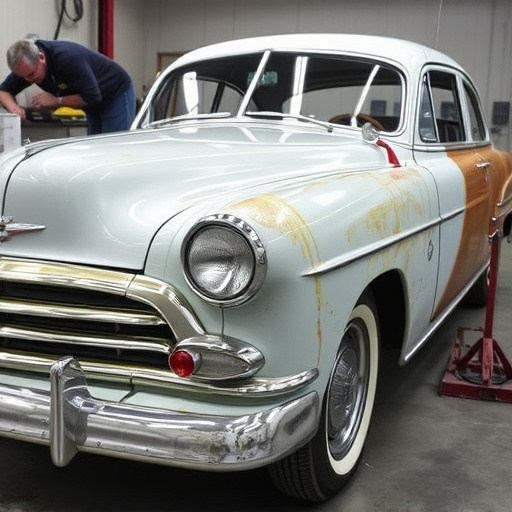
When it comes to vehicle repairs, distinguishing between cosmetic and structural damage is crucial. While cosmetic fixes aim to restore the car’s aesthetic appeal, structural damage repair delves deeper into the vehicle’s framework. It goes beyond what meets the eye; addressing issues like damaged frame panels, collapsed roofs, or shattered auto glass replacement requires specialized skills and equipment.
Structural repairs are essential for ensuring the safety and integrity of the car body shop. These fixes might involve intricate automotive body work to realign bent metal, replace broken components, or reinforce weakened structures. Unlike cosmetic repairs that focus on a polished finish, structural damage repair is about returning the vehicle to its original strength and stability, guaranteeing both performance and peace of mind for the driver.
Key Differences: A Comprehensive Guide
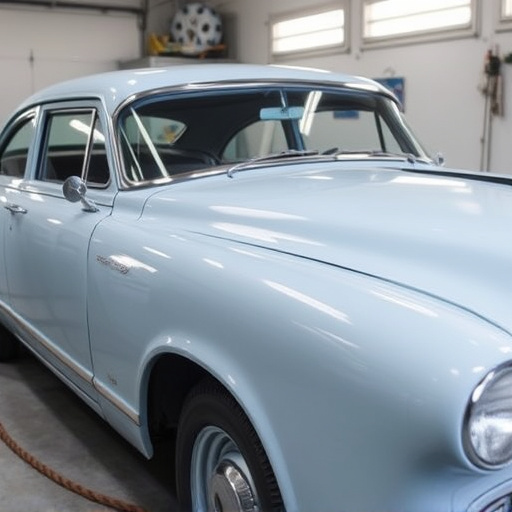
When it comes to repairing a damaged vehicle, understanding the key differences between cosmetic and structural damage is crucial for anyone considering automotive repair services. While both types of repairs aim to restore the vehicle’s functionality, their scope and focus differ significantly. Structural damage repair involves addressing issues with a car’s framework, such as dents, cracks in the body panels, or even major accidents that compromise its structural integrity. It’s essential for ensuring safety and longevity, often requiring specialized equipment and techniques like welding or metal fabrication.
On the other hand, cosmetic damage repairs focus on enhancing the vehicle’s appearance rather than its structural soundness. This includes services like car paint services to fix dents, scratches, or minor scuffs that don’t affect the car’s strength. While these repairs may not be as critical for safety, they play a significant role in maintaining the vehicle’s value and aesthetic appeal. Comparing these two types of repairs is essential when considering vehicle repair services; choosing the right one depends on whether you’re prioritizing safety and structural integrity or purely cosmetic enhancements.
When addressing home repairs, distinguishing between cosmetic and structural damage is crucial. While cosmetic fixes focus on enhancing aesthetics, structural repairs delve deeper into the foundation, ensuring safety and stability. Understanding these differences enables homeowners to make informed decisions, prioritizing both visual appeal and long-term integrity of their properties, particularly when considering investments in structural damage repair.

